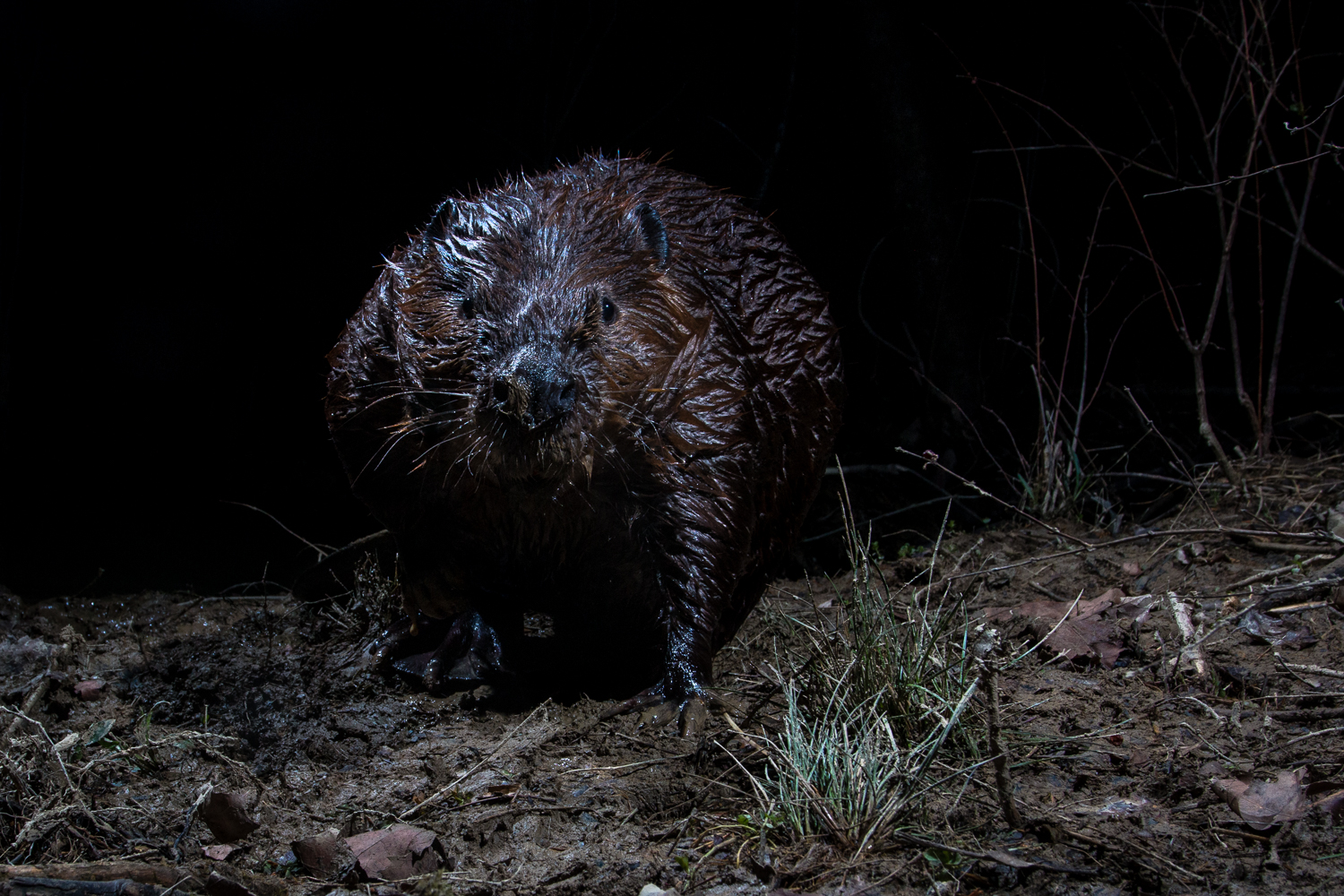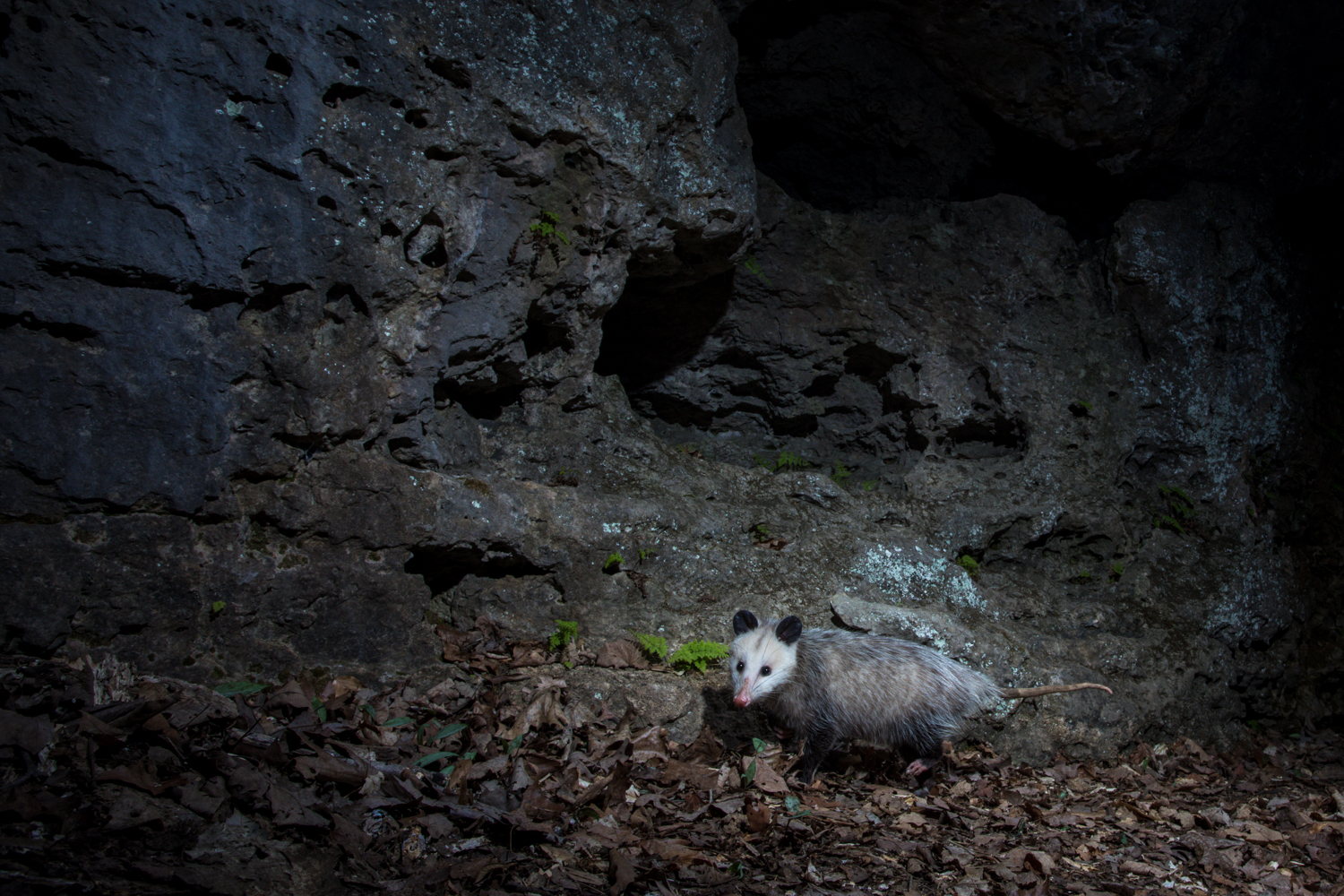
KENTUCKY’S BERNHEIM FOREST: HIDING IN PLAIN SIGHT
Frequently referred to as a flyover state, Kentucky isn’t first in many’s thoughts when they think of the environment. Yet with more than tens of thousands of acres of land lost to development each year in Kentucky, Bernheim Forest conserves over 16,000 acres of land, creates 780 million pounds of oxygen annually, captures 22 billion gallons of water yearly, and as a result, provides clean air, water, and scenic beauty to the region all while directly combating climate change.
Declaring eminent domain, Louisville Gas and Electric is fighting to place a habitat-destroying gas pipeline through Bernheim’s Cedar Grove wildlife corridor, which hosts globally imperiled Bluff Vertigo snails, critically endangered bats, and more.
Growing up near Louisville, Kentucky, I never had the pleasure of visiting Bernheim Forest. After a lifetime away in New York, I reconnected with my ol’ Kentucky home in 2022, as Bernheim Forest’s first-ever environmental artist in residence. Through my photographic work documenting Bernheim’s least accessible natural spaces, I share the surprising biodiversity, hidden gems, and environmental importance of Bernheim Forest.
With photographs taken during multiple visits over the past year, I aim to show why a large forest block in an often overlooked area of the United States deserves our collective attention, and what is at stake when a forest is under threat.
🗞️ As of February 2023, photographs from this piece have appeared in The Guardian, Feature Shoot and Sierra Magazine.
Please note the images on this page are selected previews. If interested in publication, a wide edit of images is available upon request. Please email inquiries to carla@carlarhodes.com.

Wetlands are disappearing three times faster than forests.


Cedar Grove

Bluff Vertigos
Development From Above

Hidden Gems
(Right) Volunteer naturalist Joe Cichan discovered an isolated four-toed salamander population at Bernheim, whose eggs are pictured.












